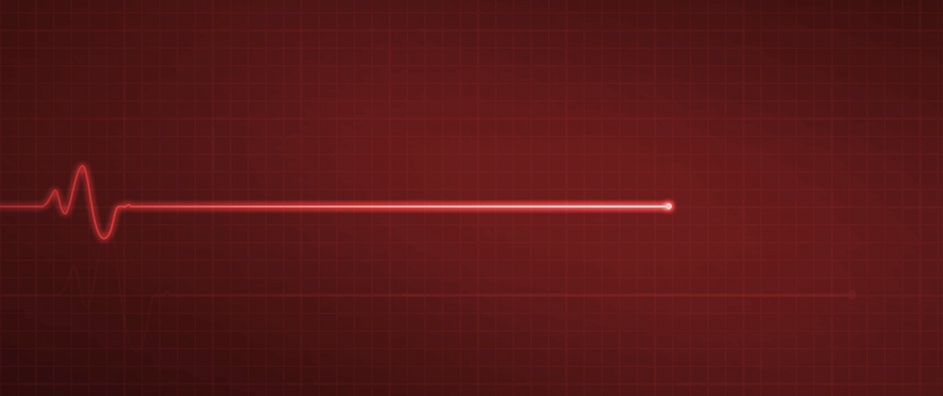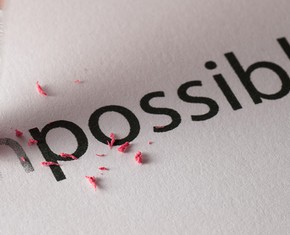The views expressed in our content reflect individual perspectives and do not represent the authoritative views of the Baha'i Faith.
I’ve witnessed miracles.
No, I don’t mean the magical, phantasmal, Hollywood kind—I mean scientific, medical miracles. I’ve had that distinct and awe-inspiring privilege because of three decades of work in the health care field. Spending years in research hospitals and academic medical centers, I’ve met many people who modern medicine saved from almost certain death, and some who actually did die—and then came back to life.
In fact, life-saving interventions aren’t unusual these days. Modern medicine has advanced tremendously. With new resuscitation techniques and technologies, paramedics and physicians have found innovative ways to save the lives of people who would certainly have perished even a few years ago. Organ transplants, new cardiac technologies and advanced emergency resuscitation techniques have made a huge difference in bringing patients back from the brink. In cardiac arrests, in cases of severe anaphylactic shock, in drowning or electrocutions, and even in cases of traumatic brain damage, we now know how to literally snatch life from death. Clinical death—no heartbeat, no pulse and no brain activity—can now, sometimes, be reversed.
That means many more people have had near-death experiences than ever before.
The Rising Number of Near-Death Experiences
Based on a recent poll, the Gallup Organization estimates that eight million Americans have had a near-death experience. Researchers in Germany, Australia and the Netherlands report that between 4-12% of those countries’ populations say they have had an NDE. As our lifesaving abilities increase and medicine resuscitates more dying patients, we can expect those percentages to rise even further.
Because of our expanding lifesaving abilities, and in response to the enormous, universal interest in the subject, during the past half-century scientists and researchers have created a new field of inquiry to study and provide information on near-death experiences. Formally organized as the International Association for Near-Death Studies in 1981, IANDS now has affiliates around the world. [http://www.iands.org/home.html]
IANDS maintains an archive of near-death case histories, and researchers who have utilized and contributed to that large repository of archival data have studied NDEs in many different cultures around the world. Those researchers have found remarkable congruency in the accounts of near-death experiencers across diverse cultures.
The Debate Over Near-Death Experiences—Why so Consistent?
The accounts of those who have a near-death experience are so similar that by now, most people understand what a “typical” NDE consists of:
A feeling of emotional well-being and peace. Pain disappears, replaced by positive emotions.
A sense of being outside one’s body, sometimes called an OBE, or out-of-body experience.
The sensation of moving up or through a passageway or tunnel, toward a powerful, warm light.
Meeting loved ones who have died, or what people often describe as “beings of light.”
Going through a life review, with the ability to see every detail of one’s life.
Experiencing an infusion of knowledge and wisdom about the universe.
Complete immersion in that welcoming light of love and unity.
 These familiar steps, so consistently reported by those who recount an NDE, have happened to people from every culture, every religion (or no religion), every walk of life, every level of education and every age. So far, those who study NDEs say that this remarkable uniformity of experience suggests one of two seemingly opposed possibilities:
These familiar steps, so consistently reported by those who recount an NDE, have happened to people from every culture, every religion (or no religion), every walk of life, every level of education and every age. So far, those who study NDEs say that this remarkable uniformity of experience suggests one of two seemingly opposed possibilities:
The dying human brain, some neuroscientists have concluded, produces illusory or hallucinatory effects that mimic moving through a tunnel toward a light.
Human consciousness continues after the physical death of the brain and body.
Most people probably take one side or another in this debate, depending on their belief in or denial of an afterlife. But the Baha’i teachings, with their emphasis on the essential agreement of science and religion, might suggest a third option—that both of these views are true. The physiology of the human brain could certainly contribute its share to a universal near-death process; and without question the Baha’i writings say that human consciousness goes on after our physical bodies die:
To consider that after the death of the body the spirit perishes is like imagining that a bird in a cage will be destroyed if the cage is broken, though the bird has nothing to fear from the destruction of the cage. Our body is like the cage, and the spirit is like the bird. We see that without the cage this bird flies in the world of sleep; therefore, if the cage becomes broken, the bird will continue and exist. Its feelings will be even more powerful, its perceptions greater, and its happiness increased. In truth… it reaches a paradise of delights because for the thankful birds there is no paradise greater than freedom from the cage. – Abdu’l-Baha, Some Answered Questions, p. 227.
You May Also Like
Comments

















There were a few things I seemed to recall from my time in the coma, one was cold, and another was shifting from extreme pain and the feeling of nothingness.
We are all not only made of star stuff, we also live and die like them. We will all fall into a black hole at death and experience singularity or absolute equality. Self realization is experiencing singularity while still being alive and knowing that we are all one and the same I, super positioned as different beings in duality.
Love,
Sridattadev.
NOW LIVE SINCE 1975 IN MALAWI AFRICA -